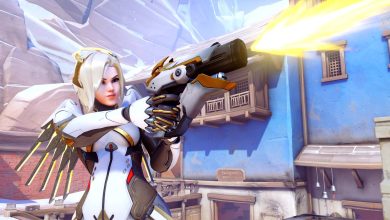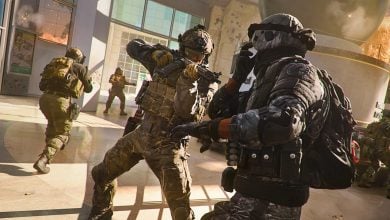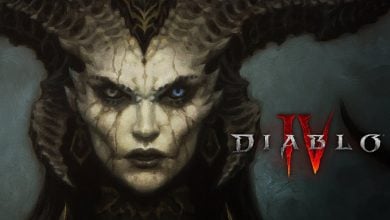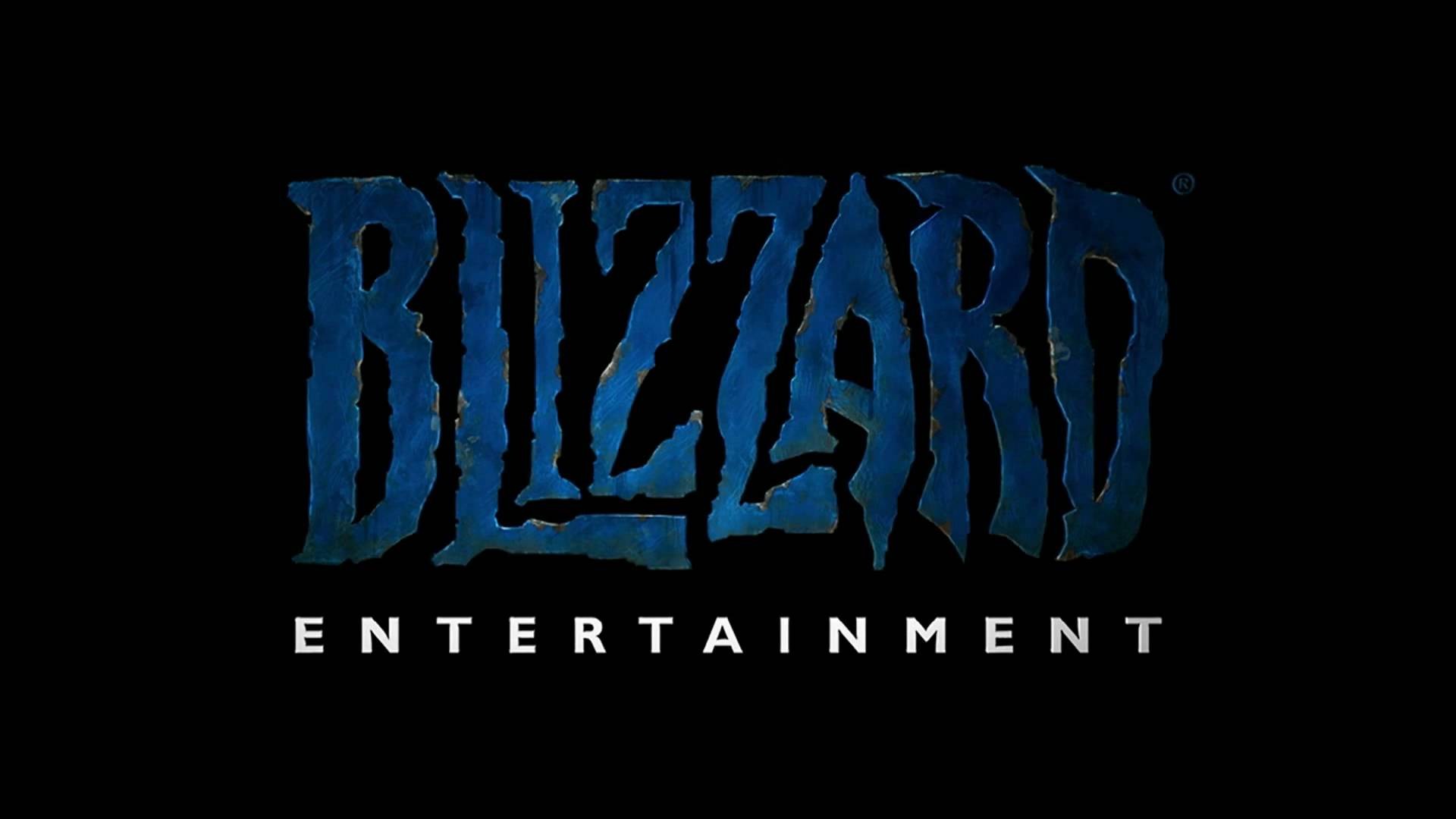
Video games have grown in visuals and immersion over the decennia. The size of game maps has also seen a drastic increase over the decades, increasing the complexity of detailing a map with prop placement for developers. It is one of the particular reasons why AAA video games take such a long time to develop nowadays.
We stumbled across Blizzard Entertainment’s recently published patent that wholly seeks to revolutionize prop placement in a game using a trained artificial intelligence system. This approach could be used in all sorts of titles, from AAA games to indies, that require some kind of prop placements on a map.
Major Takeaway:
- Blizzard Entertainment recently published a patent that utilizes trained AI to automate the prop placement process over a map.
- The patent discusses various computational and technical methods to implement this approach effectively.
- This innovative approach will highly deplete the development times and increase the immersion of game maps in the future.
The patent dubbed “PROP PLACEMENT WITH MACHINE LEARNING” elaborates on a prop placement tool that makes use of “a trained machine learning mechanism” to place props all over a map. The tool will be trained “based on one or more training maps upon which props have been placed.”
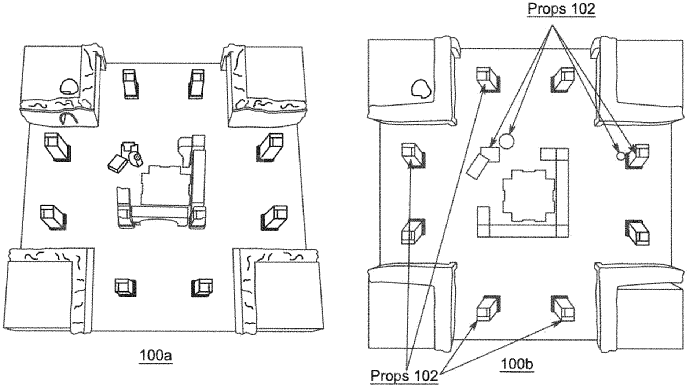
Props could be anything that adds details on a map like barrels, wooden boxes, and physically-affected objects, to name a few. Placing these props manually has proven to be toiling labor for developers, but the patent will significantly alter the method of its implementation.
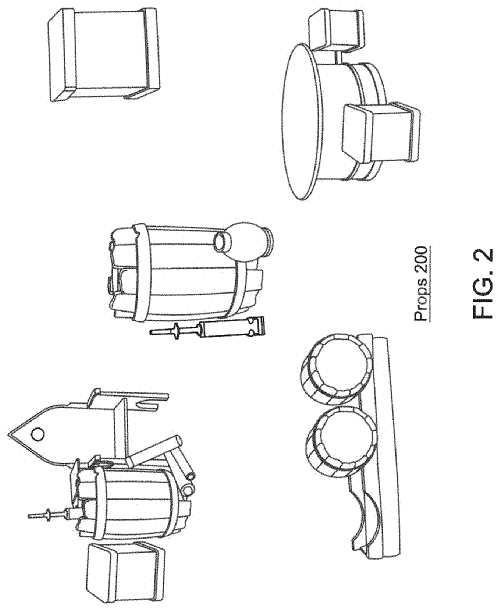
The prop placement tool may use various or a combination of advanced computational techniques to implement props dynamically in a game map. The patent by Blizzard iterates, “machine learning mechanism may be trained to suggest placement based on (a) spatial rules relating, (b) prop-specific rules, (c) prop-to-fixed-object distances between props and map structures, and (d) distances between props.”
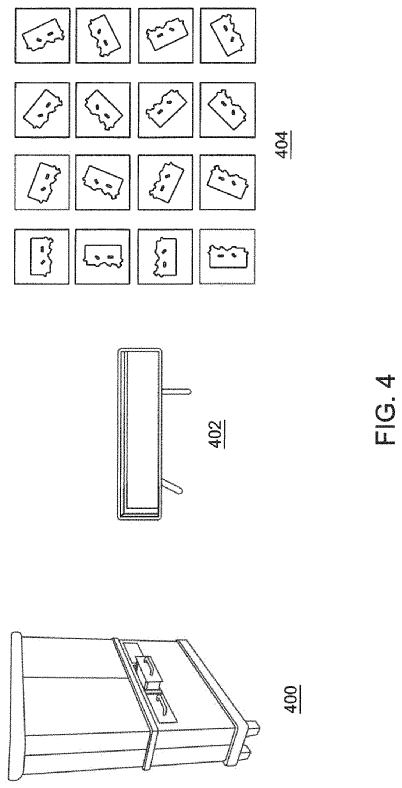
After the completion of training, “the prop placement tool may be provided as input (a) map data that defines a target map and (b) prop data that specifies the set of target props to be placed on the target map.” The prop placement tool can start outputting a suggested placement for each of the target props, on the map after computing the input.
The patent by Blizzard dives into many factors that decide where a prop can be placed, one of the methods is “map locations.” “The “location” of a placement may be fine-grained (e.g. correspond to a single pixel on the target map), or coarse-grained (e.g. correspond to sets of pixels or larger areas on the target map)….the number of possible placements for a target prop is equal to the number of pixels on the target map.”
Another variable that is considered is the spatial rules. The patent by Blizzard discusses the “no collision rule.” Before applying the rule, every location is a possible candidate for a prop to be placed. However, the no-collision rule will make the prop placement more natural and glitch-free.
The patent reads, “based on a “no-collision” spatial rule that two objects cannot occupy the same space at the same time, the candidate (location, orientation) possibilities for a target prop are culled to remove placements in which the periphery of target prop would intersect/collide with the periphery of a map structure or with the periphery of an already-placed target prop.”
Prop-specific rules can also be applied to make the placement of props natural as per the needs of a game. Various rules include, but are not limited to: “the prop must be placed with a particular edge of the prop against the edge of a map structure,” and “the prop must be placed next to a corner created by walls within the map structure,” among many others.
A lot more technicalities are discussed that can be read in the patent by Blizzard. The patent considers making a top view of a target map to apply appropriate calculations for the placement of props. However, this approach can be highly restrictive in certain cases. The patent also clarifies a solution regarding this hindrance.
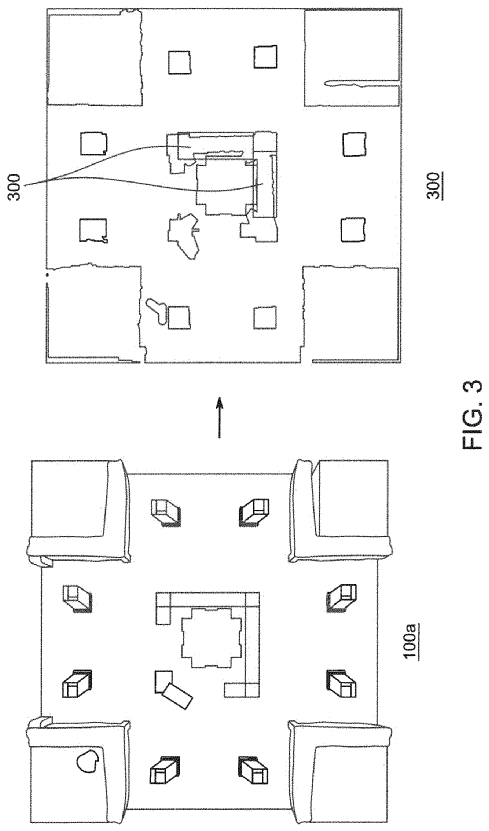
The patent reads, “the two-dimensional top-down image of a map may indicate obstructions that should not limit the placement of objects.”
The patent gives an instance of such an issue and also offers a viable solution. It states, “the two-dimensional top-down image of a target map that is used for collision detection for a target object is taken at a particular height in the target map.”
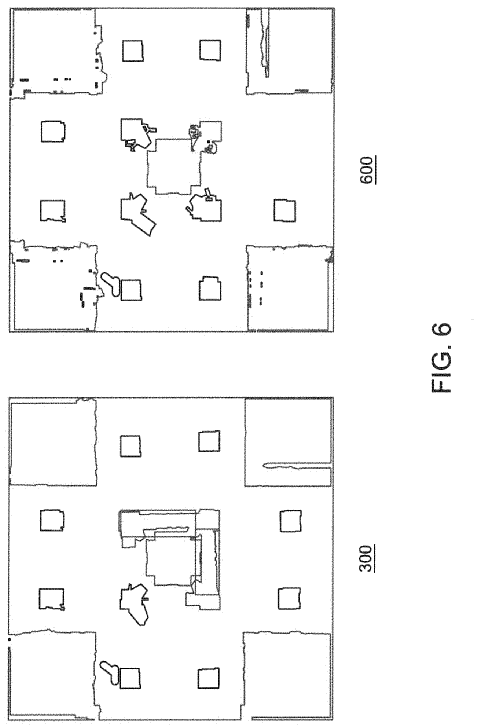
Blizzard Entertainment gives a perfect explanation of how this prop placement tool will revolutionize the current development times. The patent reads, “For a virtual world that includes 5000 scenes, the number of prop placements goes to 1,250,000.”
Developers would need to spend a long time crafting an AAA game due to a need to manually place props. However, prop placement can be automated by using this machine learning tool.
All in all, this innovation will drastically lessen the time spent on designing game maps and bump up the visual allure of future game maps without much-needed manual work. AAA video games will see a reduction in development times by relying more on this intriguing technology.
What are your thoughts about automatically placing props over a map using AI technology? Do let us know your opinions in the comments below.
Similar Reads: Toshimichi Mori Departs Arc System Works After 20 Years
Thanks! Do share your feedback with us. ⚡
How can we make this post better? Your help would be appreciated. ✍
